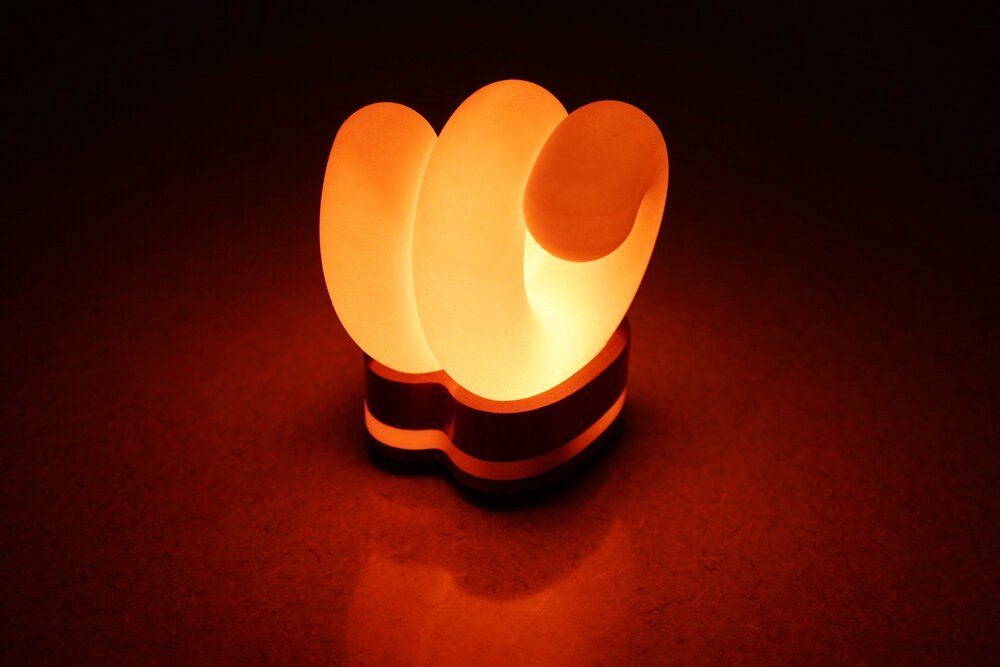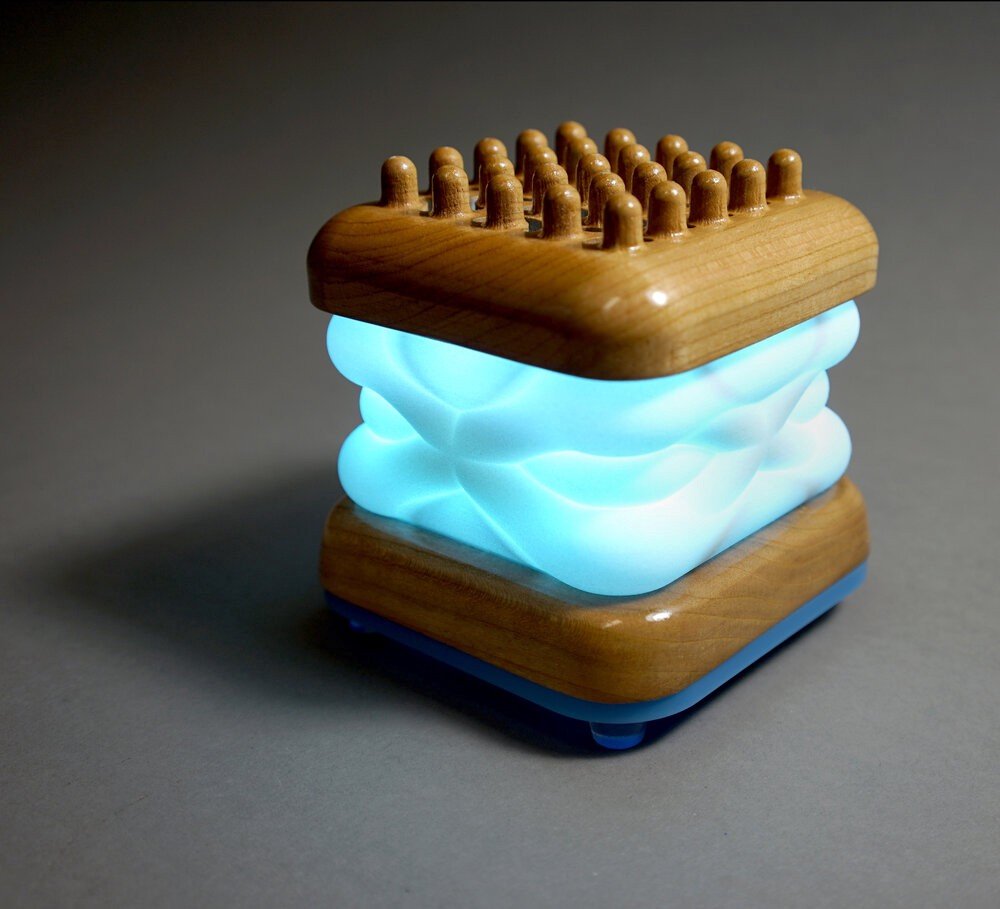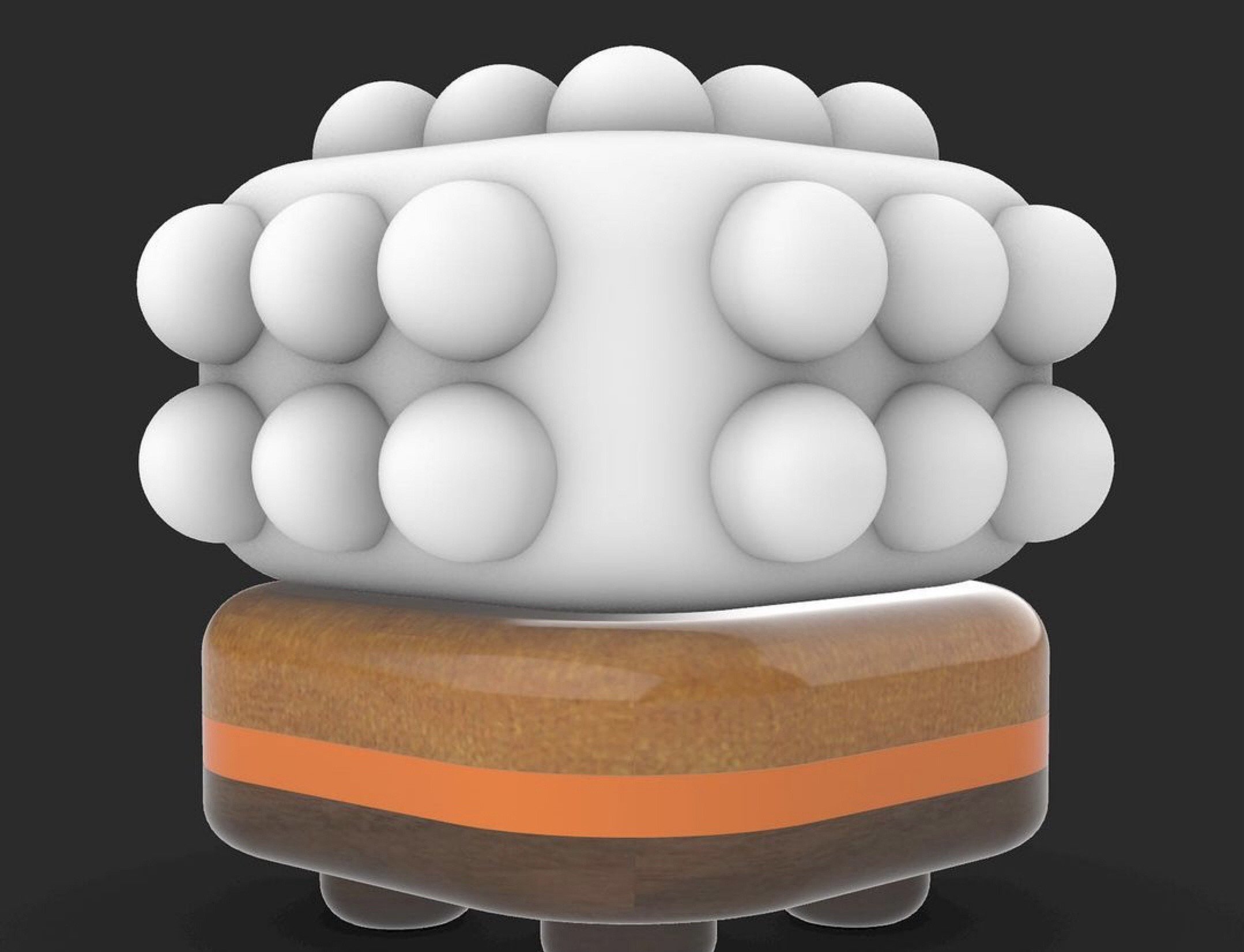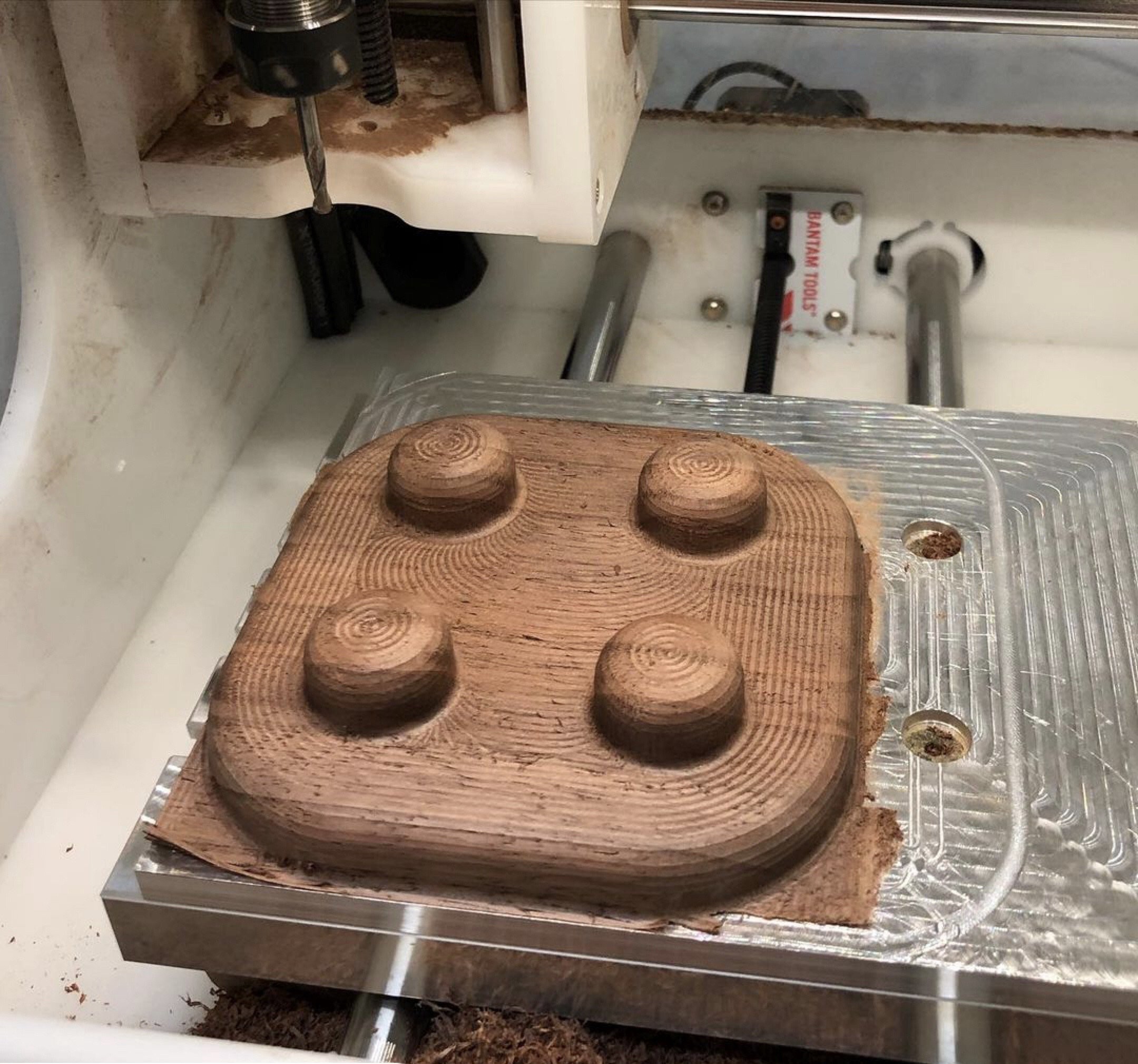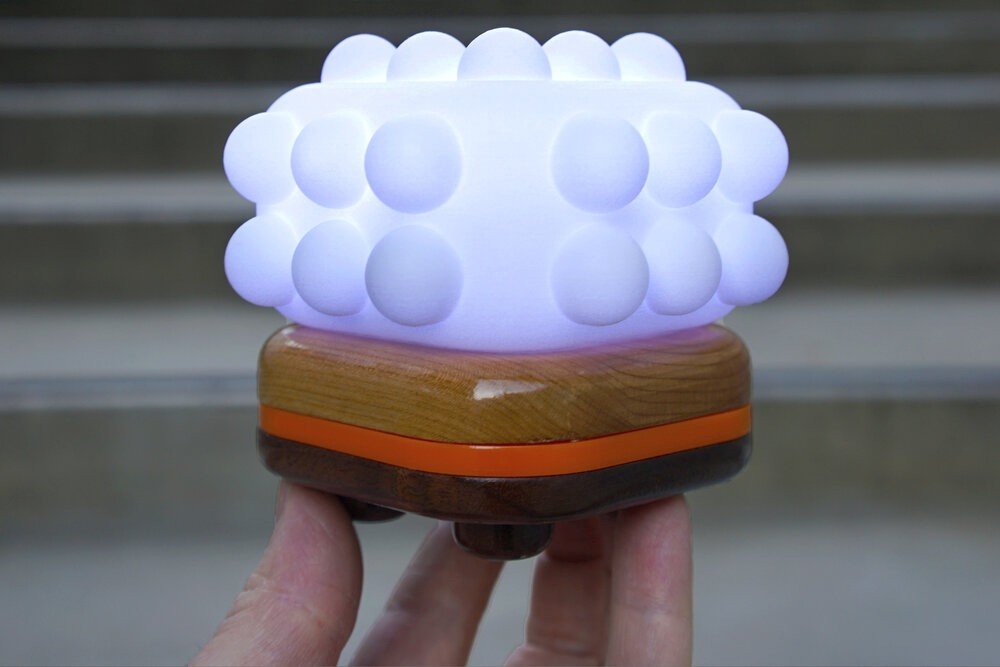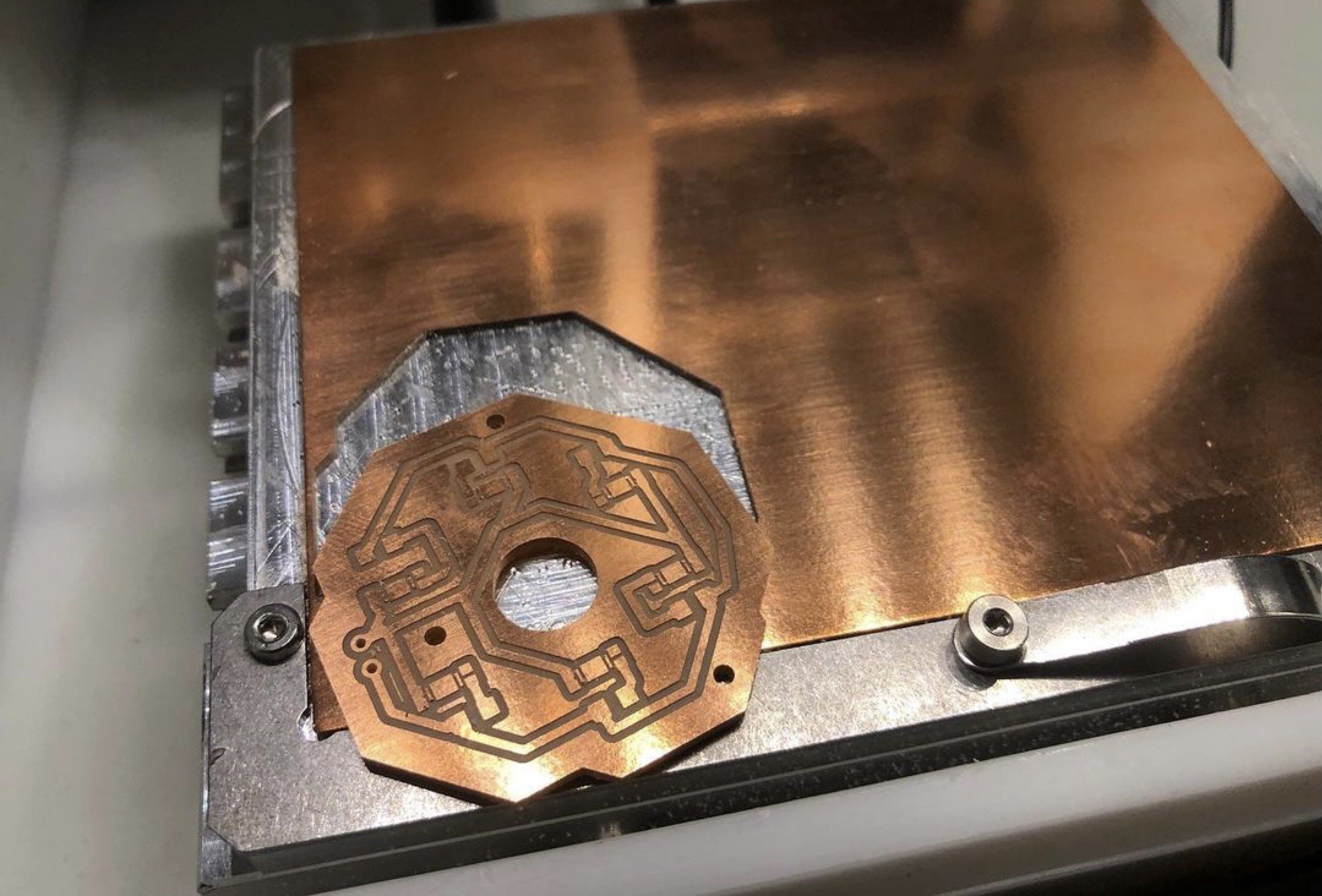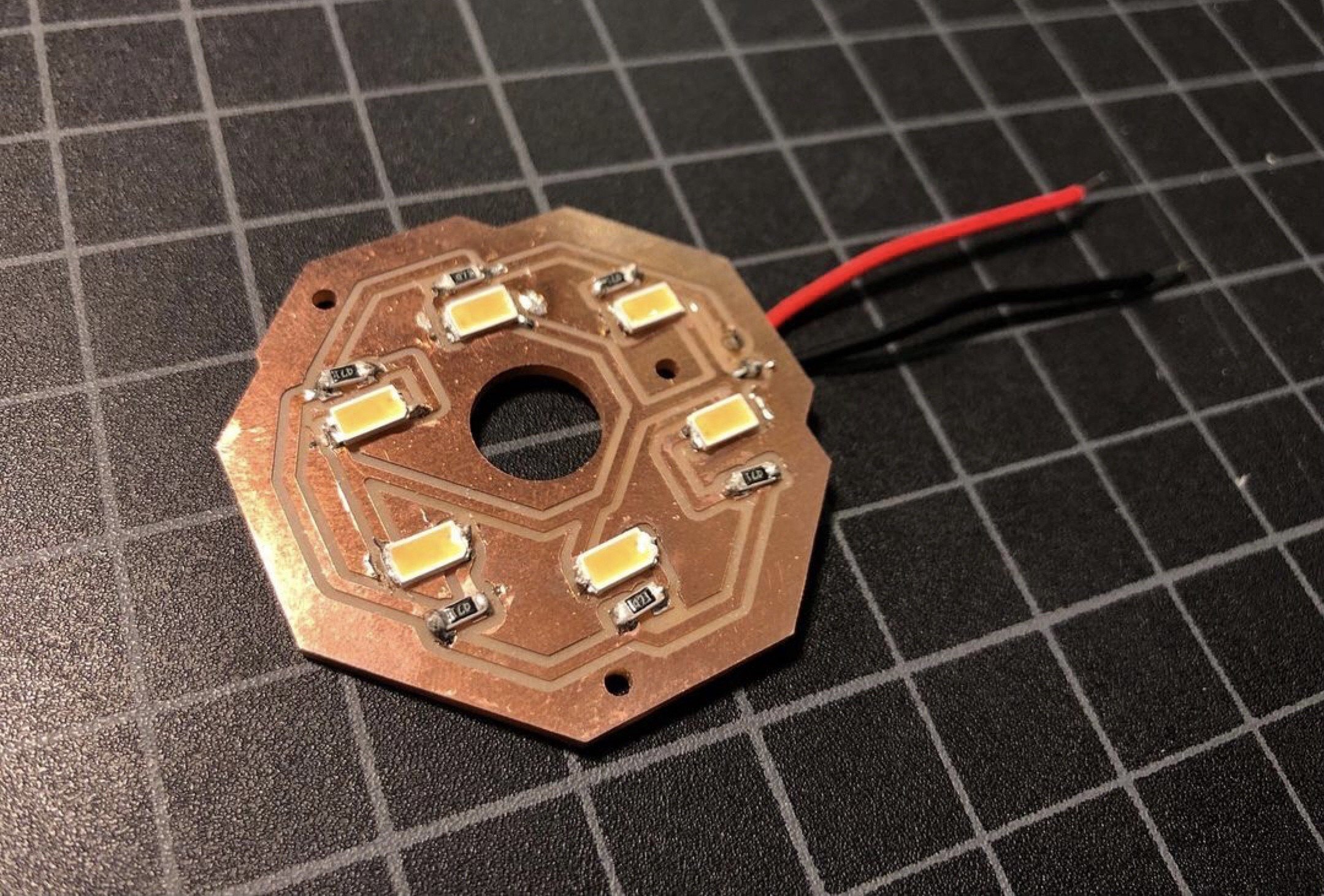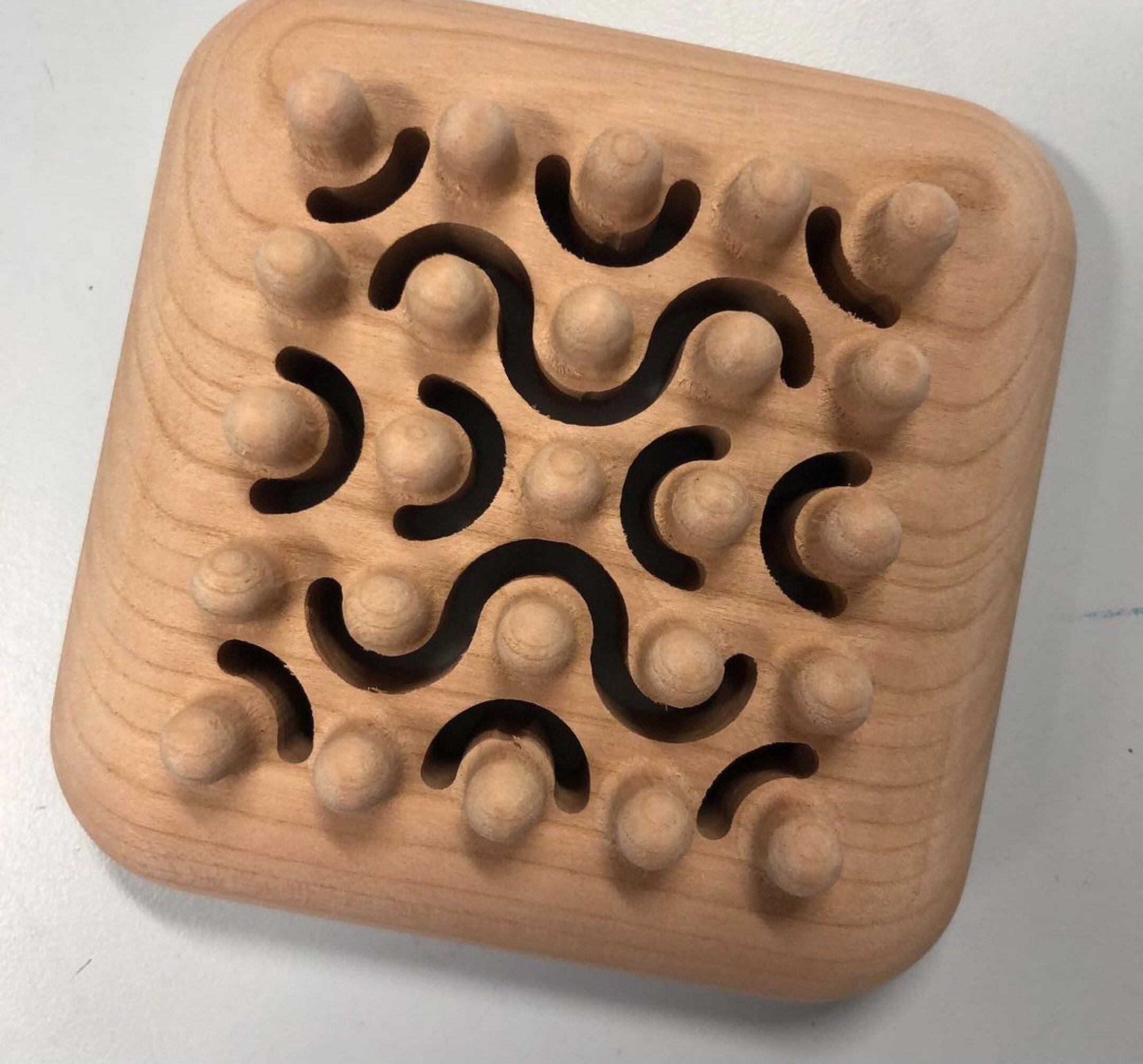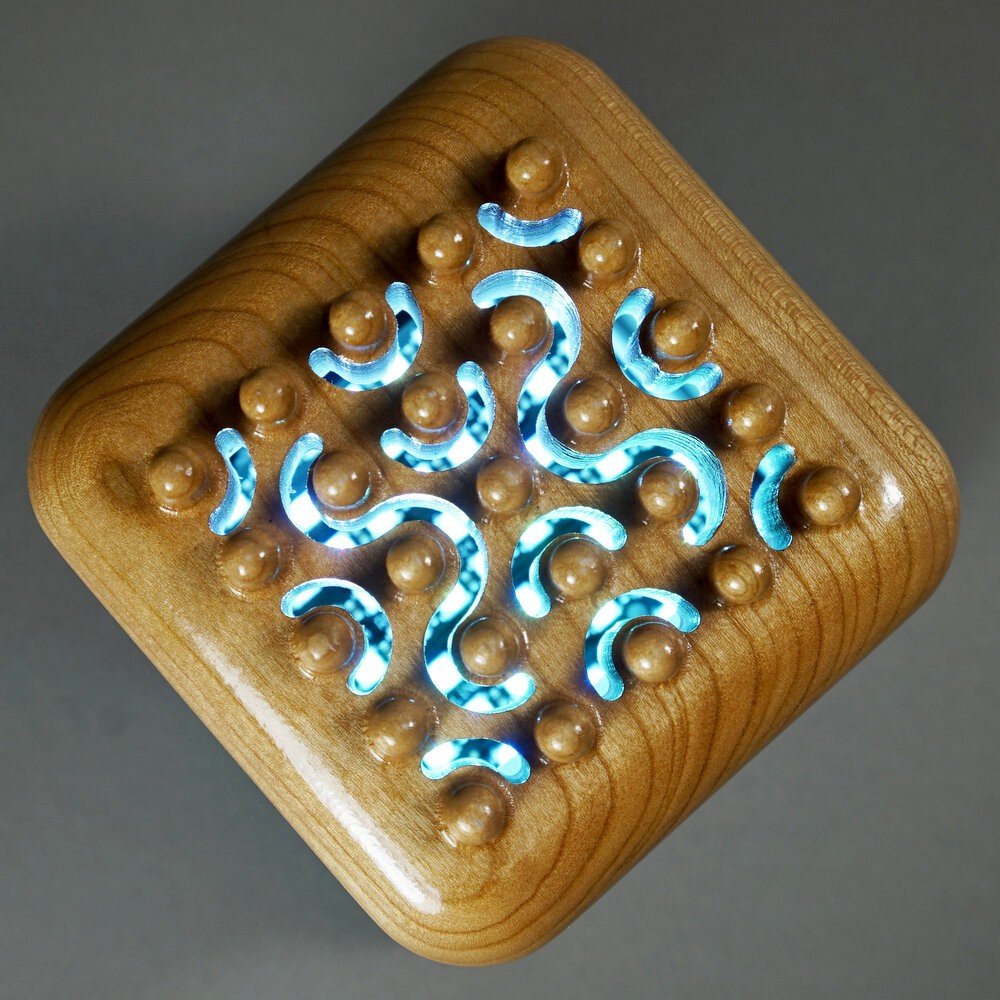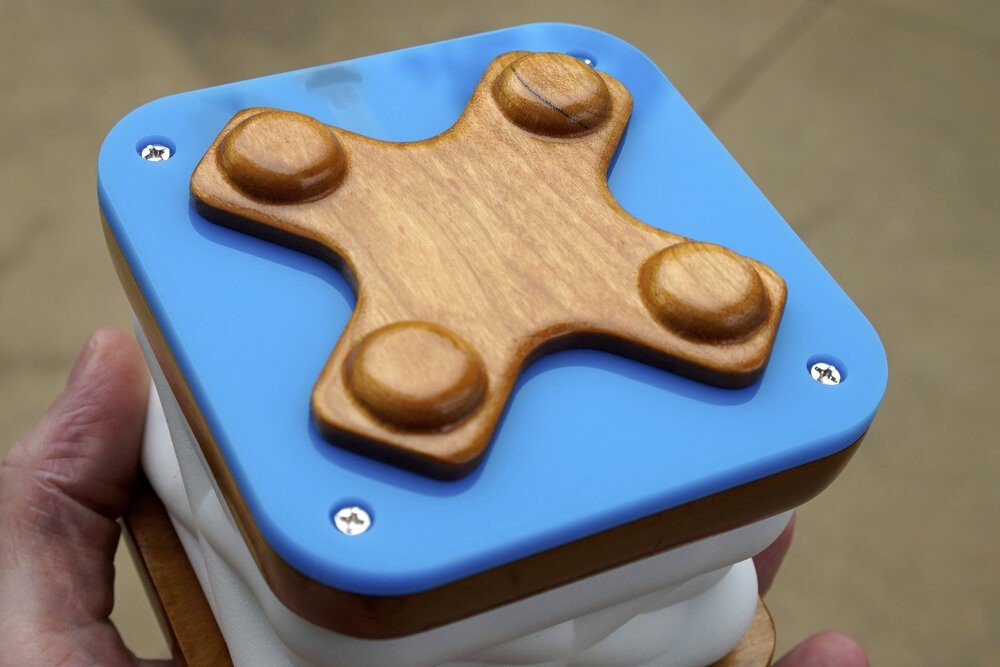Designer Andrew Kleindolph Uses CNC Machining to Make Illuminating Sculptures
We recently had the privilege of speaking with designer and artist Andrew Kleindolph, who inhabits a unique space between fine art and industrial design. His background in 2D art led him to kinetic sculptures, which ultimately pushed him to take a plunge into the world of digital fabrication. The result? These one-of-kind light-emitting sculptures that he makes using various kinds of digital fabrication tools — one being our small but mighty Desktop PCB Milling Machine.
What’s your background? How did you get into the world of digital fabrication?
I went to art school as a 2D artist and later became interested in interactive and kinetic sculpture. I always preferred making the components for my sculptures myself. This often involved combining found objects, woodworking, and electronics.
After graduate school, I got hired as an electronics teacher at an independent school, and that program was adjacent to a metal, wood, and wearables shop. As a team member and eventually department chair, I helped the program start incorporating digital fabrication tools like CNC machining into their shops. I saw the potential of these fabrication tools early on, so I got support from the school to purchase machines. But this also challenged me to learn how to use them. Teaching these digital fabrication tools really makes you understand them in a way that you wouldn’t necessarily if you were just using them on your own. The skills I’ve picked up as a teacher have influenced my own creative work and vice versa.
Tell us more about your beautiful light sculptures and the process that goes into making them.
Most of them are abstract shapes from nature, food, or technology. I try to make each sculpture form feel like something familiar while still being ambiguous. I want them to have a usable light while transforming the feel of the space they occupy. They start as sketches, followed by a period of iterative 3D modeling.
I usually do some low-resolution prototyping where I work out all the parts with 3D printing. I try to scrape together some electronics and get them lit up early. If there isn’t compelling light diffusion or if they feel visually unbalanced, I go back to the sketchbook. Designs that make the cut get crafted from more refined materials. There’s a lot of sanding and finishing work at the end. Even though they’re primarily digitally fabricated, I want them to feel handmade.
How has your journey through CNC influenced your approach to teaching?
Students who might not have had many opportunities to nurture craftspersonship can still make refined-looking objects and enclosures. I also get to spend more time teaching design skills and less time on how to make the perfect wood or plastic joinery — big plus!
Digital fabrication tools also allow my students to make things quicker than ever could before. There are still many things to consider when working with CNC and a thousand ways to make a bad piece, but it allows us to do so many things so much more easily. For instance, the fact that we can cut a perfect circle in a piece of material is fantastic. Before CNC, we had to have all kinds of jigs and special techniques.
What’s your favorite feature of the Bantam Tools Desktop PCB Milling Machine?
I live in a second-floor unit in San Francisco where I share walls with neighbors, and it’s great that I can mill things without driving anyone around me crazy. I did build an enclosure around the machine with some sound padding, just in case, but overall, it’s a really quiet mill. My home studio is only 80 sq.ft., so this machine’s size really works for me. To be able to mill at home in an apartment with no shop is great.
What has the PCB mill enabled you to do that you previously couldn’t?
The wood shapes I’m cutting for my sculptures! Like I mentioned earlier, I like working with organic shapes and want them to fit into my designs naturally. The PCB mill gives me the ability to make sure the bases fit seamlessly into my designs.
What other kinds of projects do you use the mill for?
I’ve used the PCB mill for machining circuit boards and some aluminum, but I mostly use it for woodworking.
Tinytown
Aside from the mill, what are three tools you can’t live without? Why?
I tried to answer this question but I couldn’t. I’m not really a “can’t live without” kind of thinker. I’m more of a “what do I have access to” thinker.
What are three tips you’d offer for folks just getting started with the PCB mill?
Subtractive manufacturing isn’t nearly as easy as additive processes (e.g.., 3D printing), so it’s going to take some time to get the hang of. Start with a softer, more forgiving material like machining wax, and start with simple profile cuts. 3D toolpaths take some time to dial in.
Double-sided Nitto tape is the best and holds almost any material to the bed. I use it for all kinds of projects, even beyond the mill.
Once you know what bits (or end mills) you like, invest in a bunch of them. Have two of every milling bit on hand. It’s the worst to be excited to cut a project but then be held back because you broke the only version of the bit you really need.
About Andrew Kleindolph
Andrew is a designer, artist, and educator. His work has been featured at the Headlands Center for the Arts, Root Division, the Santa Clara Museum of Art, and the School for Poetic Computation in NYC. To learn more about his latest light sculptures, follow him on Instagram and Twitter, and be sure to check out his website.
Follow Bantam Tools on Instagram, Facebook, Twitter, and be sure to subscribe to the Bantam Tools mailing list to receive more content like this.

